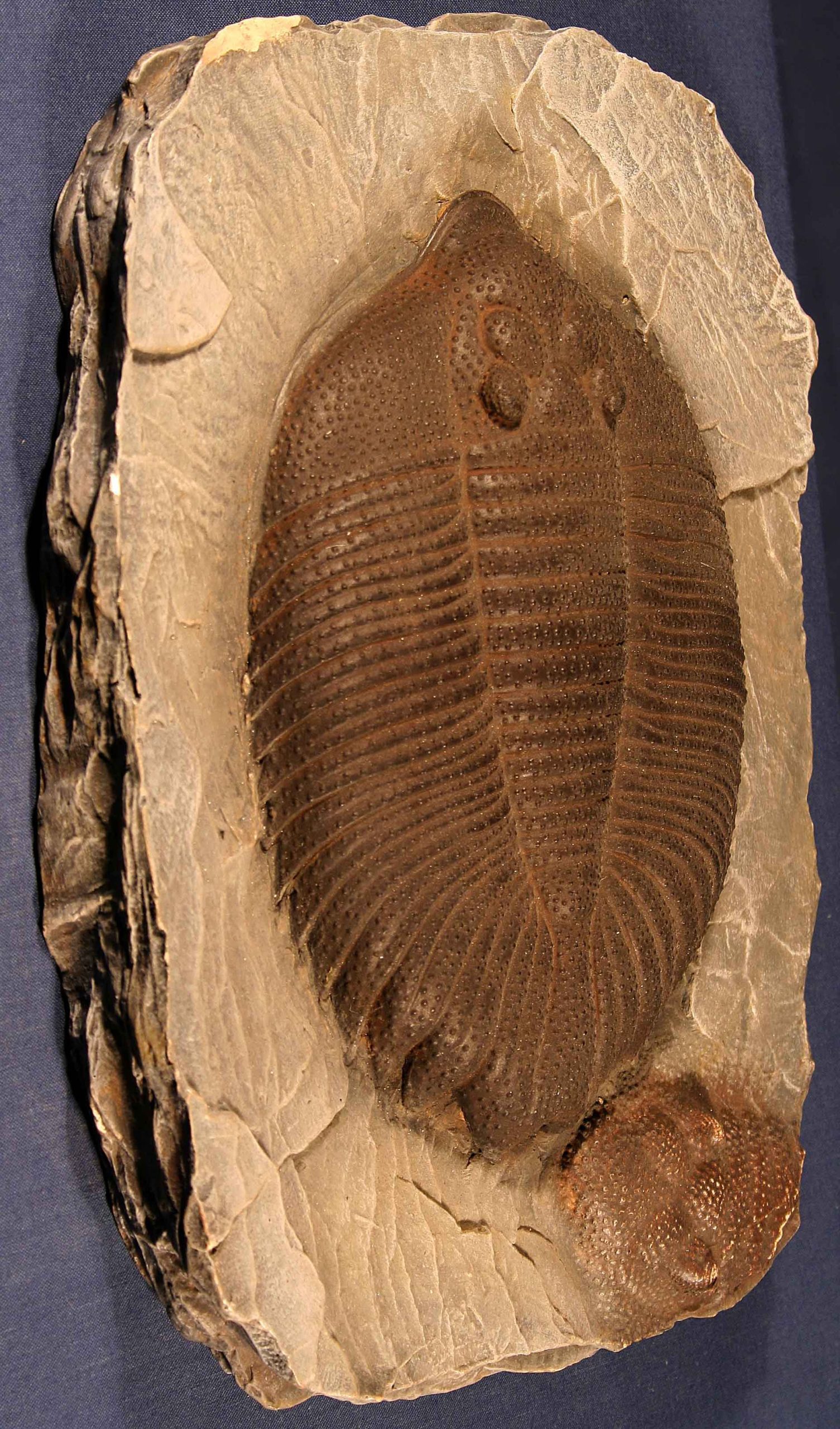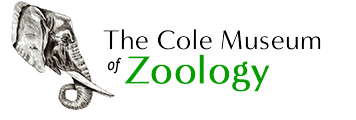
Case 14: Fossils
The Ediacaran
The history of life on Earth has been dominated by global climate changes and violent mass extinction events. Whilst catastrophic for the living, these events have shaped animal diversity, removing dominant groups and allowing new forms to emerge.
The Earth was formed 4.5 billion years ago and there is evidence that simple single-celled life, including bacteria, appeared as far back as 3.5 billion years ago, going on to dominate the planet for another billion years. Around 2.4 billion years ago the “great oxygenation event” occurred. Oxygen levels in the atmosphere rose, possibly due to the activity of cyanobacteria (blue-green algae) that harnessed energy from the sun by photosynthesis, releasing oxygen as a by-product.
Although there are no fossils from this time, DNA evidence suggests that animals such as sponges and jellyfish arose in the seas around 700 mya. The Ediacaran period (635 – 542 Ma) that followed spanned the transition from a microbial-dominated world to one swarming with complex multicellular animals. Around this time some strange life forms appeared that are unlike any modern organisms. Name Vendobionts, they were identified initially from the Ediacaran Hills of South Australia. These organisms lived on the sea floor and are characterized by having segmented internal compartments, or quilted body plans. Some scientists see them as forerunners to modern animals whilst others suggest that they belong to long-extinct animal groups at the base of the tree of life.
The Palaeozoic
The Cambrian period (542-488 Ma) saw an explosion in animal diversity and a shift from soft sessile to highly active and often armoured animals. Most major animal phyla and all skeletonized phyla first appeared during this period. There are many theories to explain the sudden appearance of animals with mineralized skeletons in the fossil records including chemical changes in the oceans newly awash with calcium, phosphate and other minerals. With new materials, animals could build shells, skeletons, spines and teeth. The ensuing arms race between predators and prey and competition for resources meant that all the major animal body plans and phyla on the planet today appeared during this time.
After the Cambrian ‘explosion’, animal diversification seems to have paused for around 40 myr until the early to mid Ordovician (488 – 444 Ma). Known as the Great Ordovician Biodiversification Event (GOBE), this period saw the rapid (i.e. 10-20 myr) expansion of diversity within the existing phyla, i.e. at the order, family, genus and species level. The GOBE coincided with a series of planetary environmental changes such as a cooling of the oceans, increased oxygenation, and increased nutrient supply from volcanism and continental weathering. The Ordovician also saw the first animals of the phylum Bryozoa and the earliest land plants.
Planetary changes during the Silurian (444-416 myr) resulted in the melting of large glaciers leading to sea level rises. Earth’s climate stabilized, ending the previous pattern of erratic climatic fluctuations. Coral reefs made their first appearance, there was a widespread radiation of crinoids, and a continued proliferation and expansion of the brachiopods. Reef formation was extremely important since it provided a 3 dimensional “ecospace” with many cracks and small caves providing new habitats.
The Silurian saw an abundance of jawless fish species as well as the appearance of fish with jaws. Although DNA analysis suggested that life appeared on land during the Cambrian, it is during the Silurian that we find the first good evidence of life on land, including arthropods and vascular plants.
By the end of the Devonian (416-359 MYR), ferns, horsetails and seed plants had also appeared, producing the first trees and the first forests.
The Permian era (299-251 MYR) ended with the largest mass extinction the planet has ever experienced. Around 95% of all life disappeared over a period of 10,000-60,000 years. Conditions on land were already harsh since the two super-continents of Gondwana and Laurasia had merged to form a single planet-spanning landmass called Pangaea. Most of Pangaea was dry and inhospitable and it was against this backdrop that a number of catastrophic events occurred. Life on Earth was almost ended by sustained and extensive volcanic activity, spewing super-heated sulphur into the air and generating acid rain. The dust from the volcanos would have blocked the sunlight with a resulting massive loss of vegetation. Quite possibly an asteroid hit the planet during this period to add to the catastrophe.
The Mesozoic
After the Permian mass extinction the dominant Triassic (251-199 MYR) vertebrate groups were the giant salamanders, Archosaur reptiles and mammal-like reptiles. It was not until the late Triassic that dinosaurs emerged from the Archosaur lineage. The two great dinosaur groups, the Saurischia (lizard-hipped) and Ornithischia (bird-hipped) were not dominant or abundant during the Triassic. However they survived another mass extinction event that signalled the start of the Jurassic (199-145 MYR).
During the Jurassic and Cretaceous, dinosaurs diversified into a large array of different types including fearsome carnivores and massive herbivores, adapting to a hostile world with great bone plates, horns, carapaces and clubs.
The Saurischian theropod dinosaurs diversified into a myriad of fantastic creatures including Tyrannosaurus rex. It is now believed that most theropod dinosaurs were feathered and some had flight feathers and breastbones suggesting that they were capable of powered flight. These dinosaurs gave rise to birds.
Feathered and flying bird ancestors with a wide range of colours and colour patterns appeared in the late Jurassic and were abundant in the Cretaceous (145-65 MYR). The end of the Cretaceous period signalled the end of the age of dinosaurs. Whilst there is evidence that dinosaurs may have been on the wane, their exit was hastened when an asteroid hit the Earth 66mya. This resulted in tsunamis and an enormous dust cloud that enveloped the Earth, cutting out sunlight and killing plants. Not all dinosaurs died. A limited number of bird species survived into the Paleogene during which most modern orders originated and survived to the present day.
